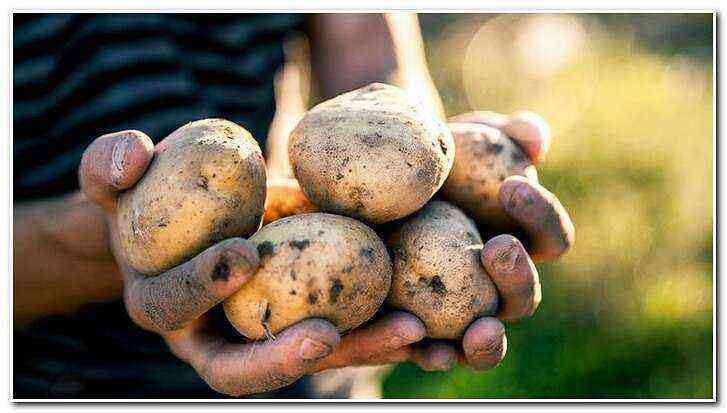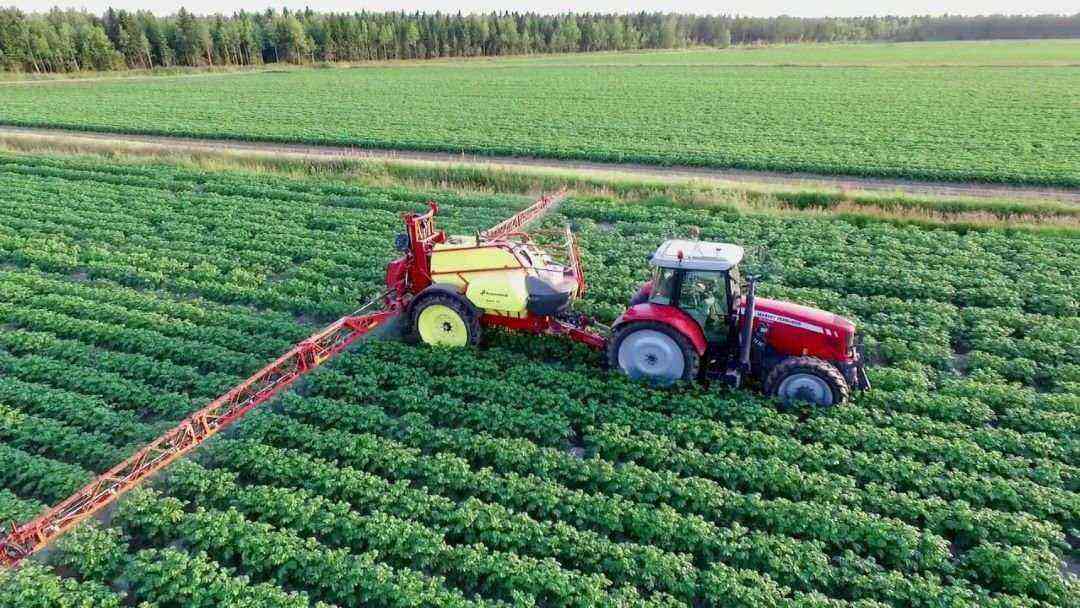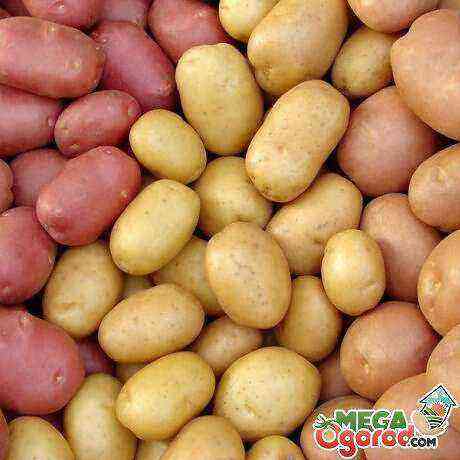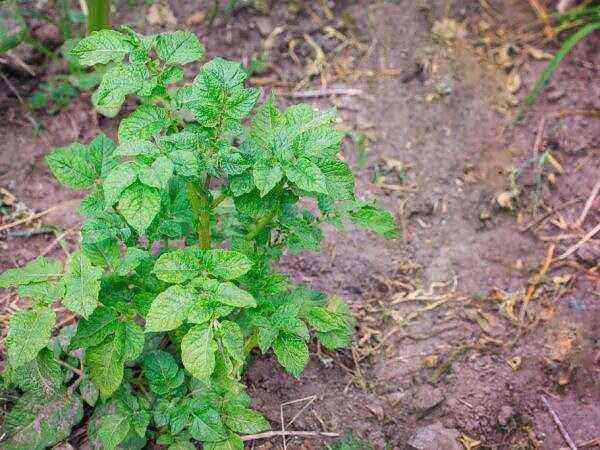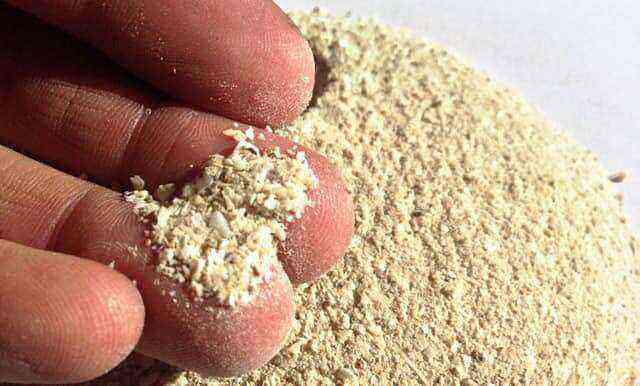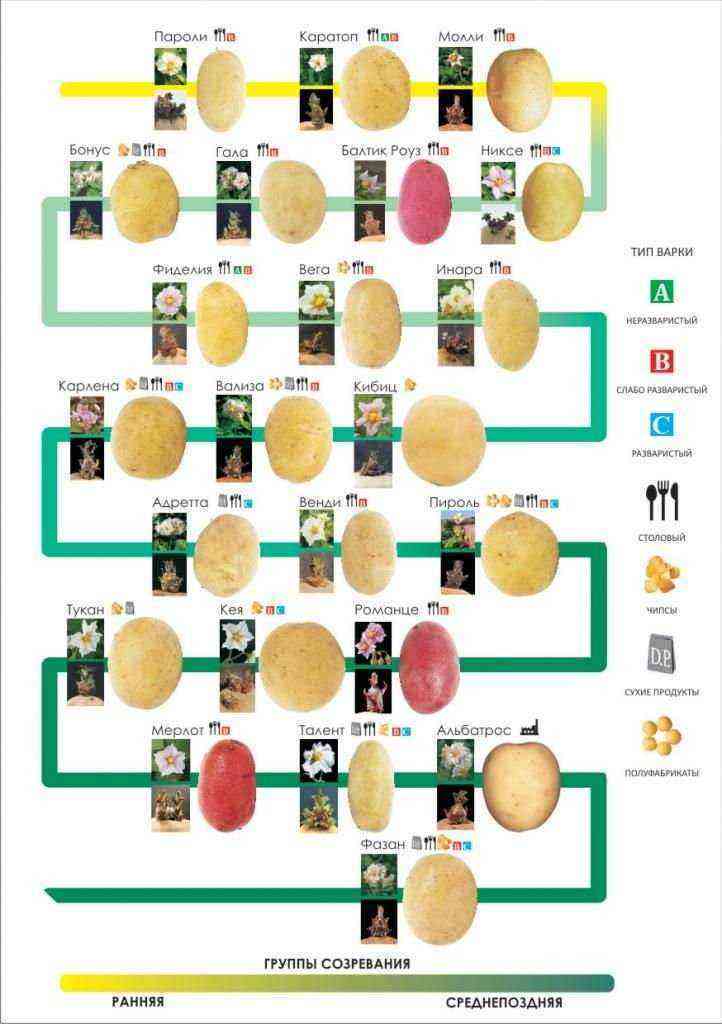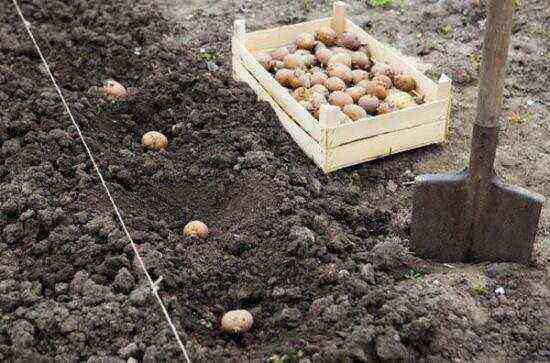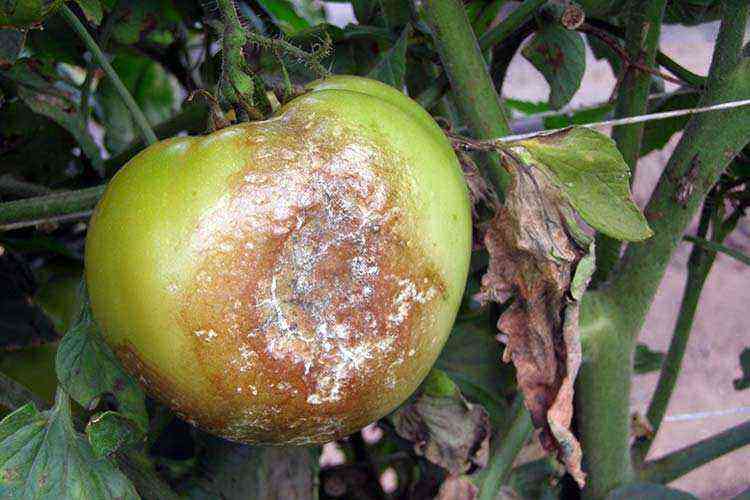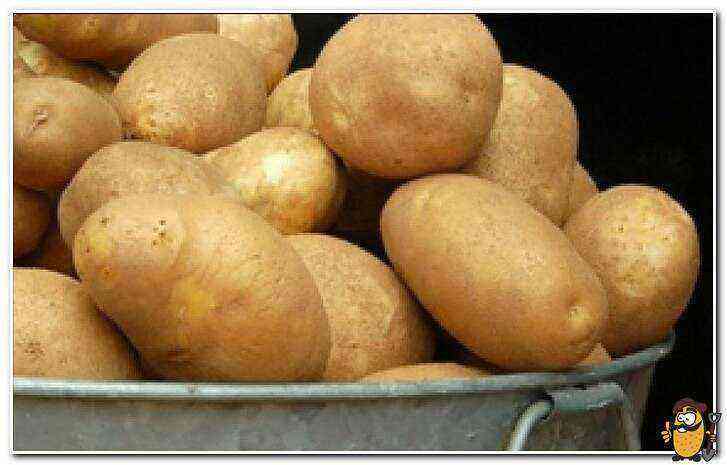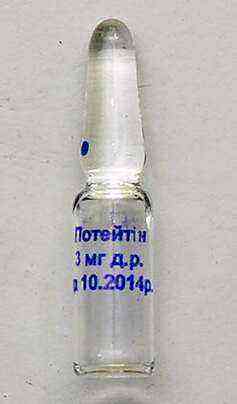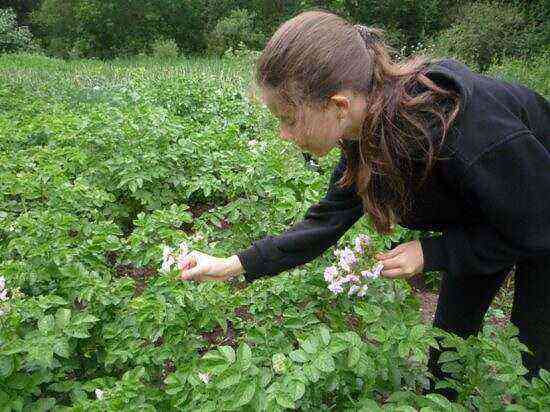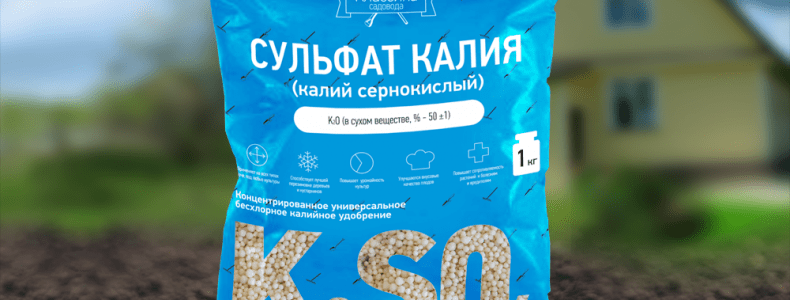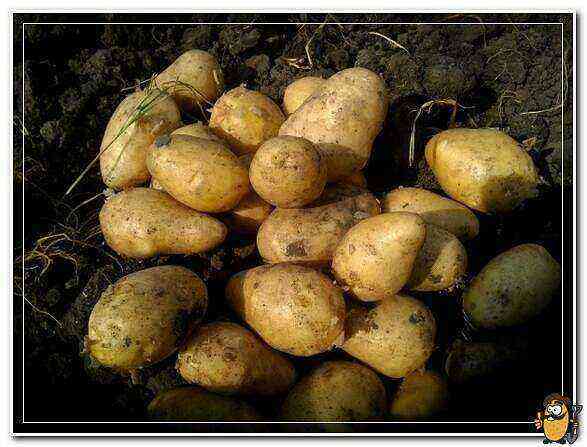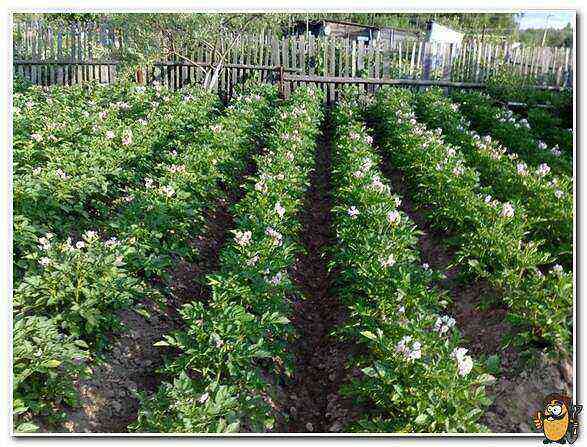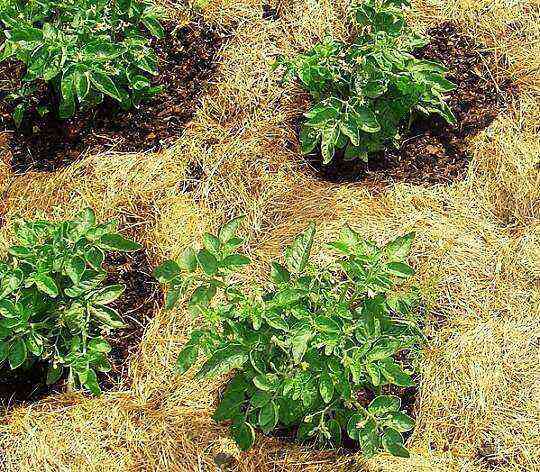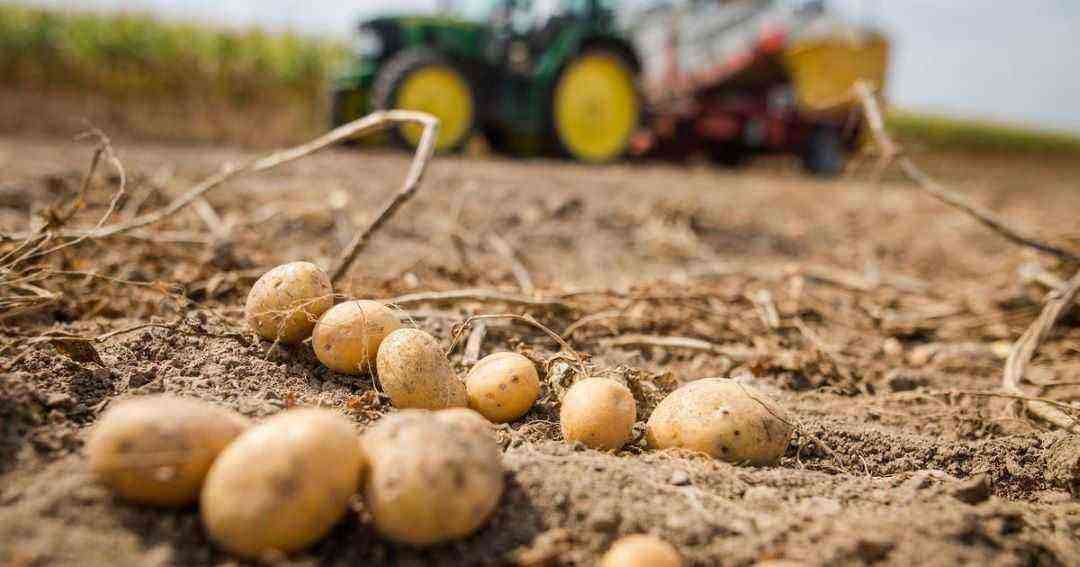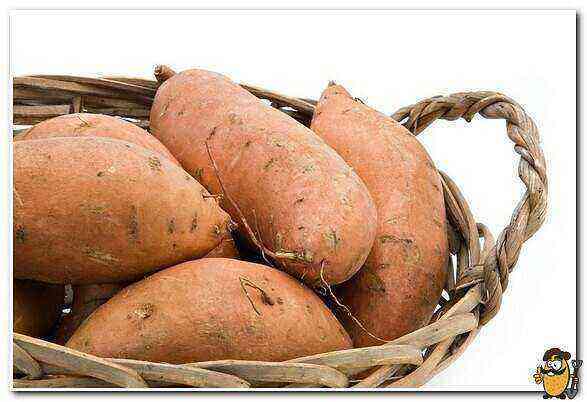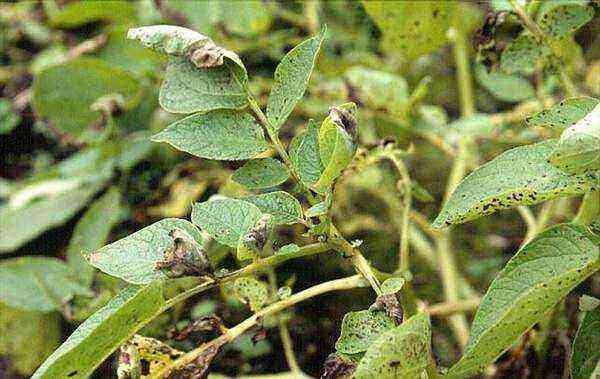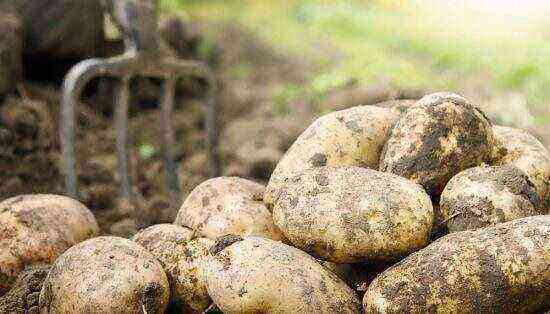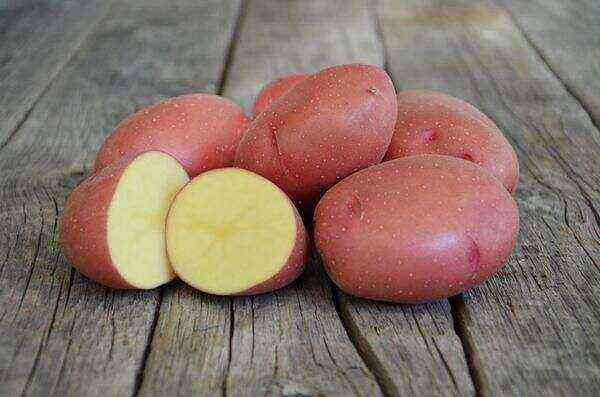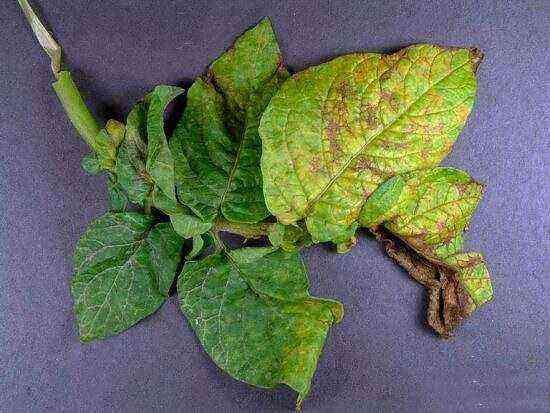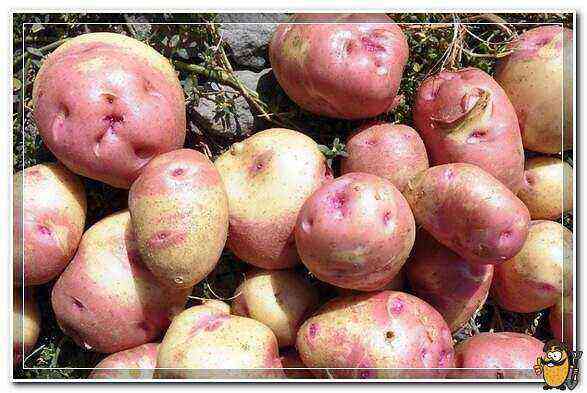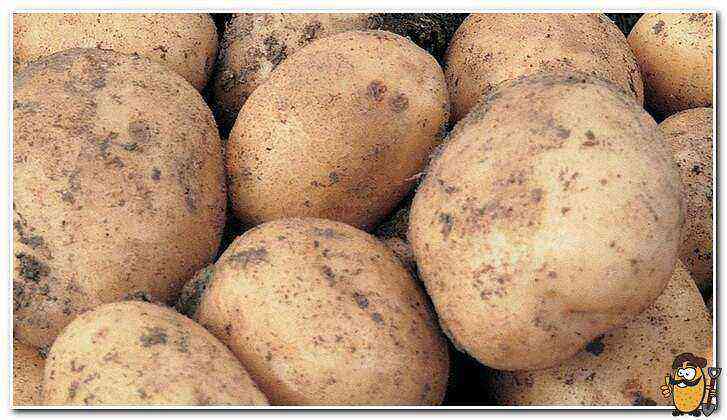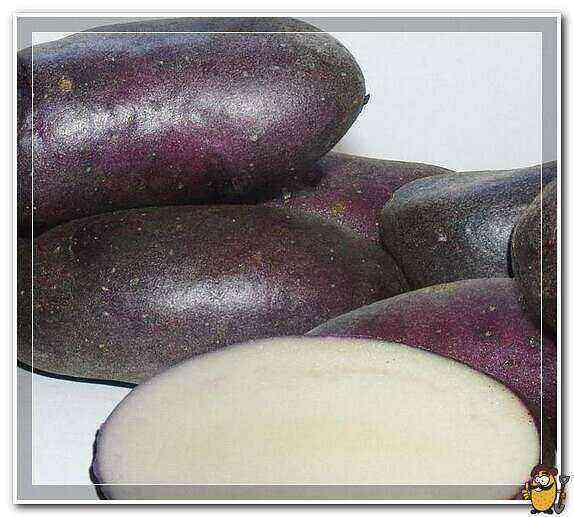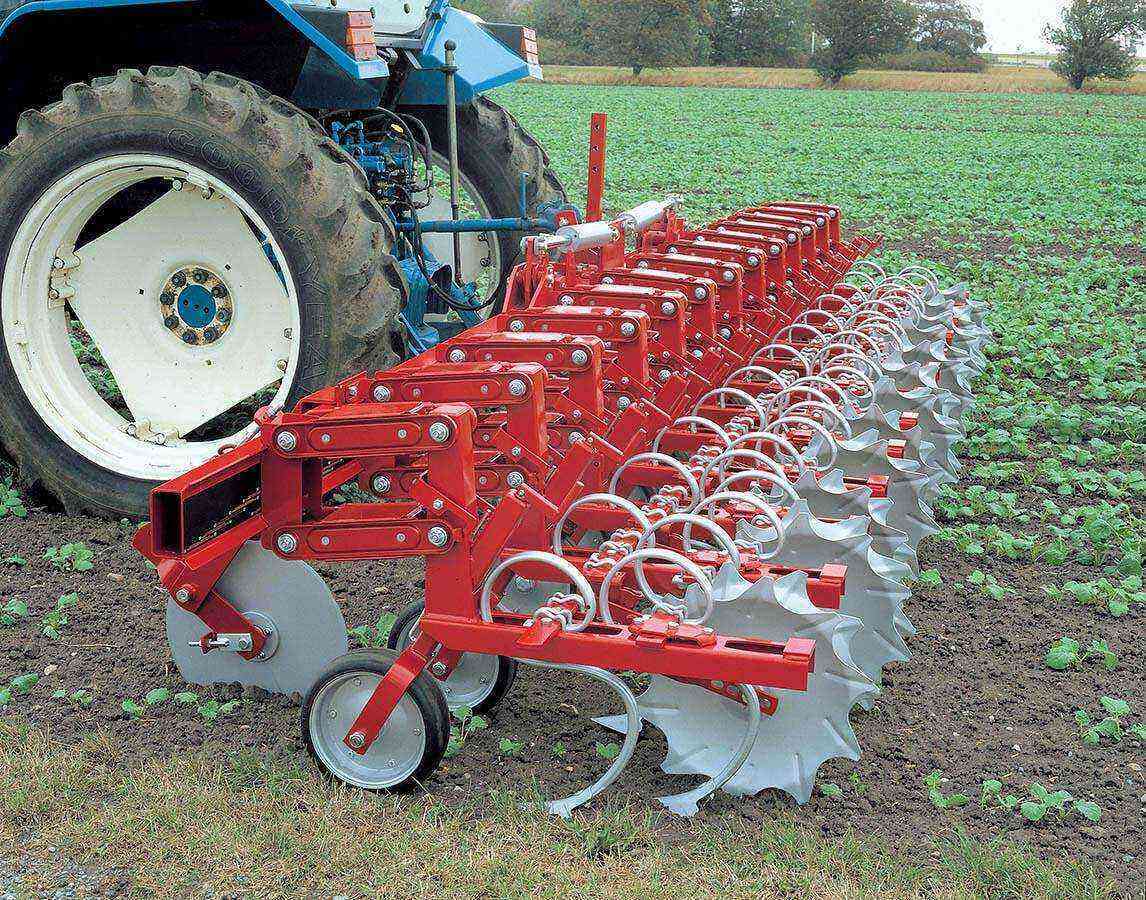An experienced and novice gardener studies the timing of potato ripening: the stages of its development and the rules of care. First, it all depends on the selected variety and the climatic characteristics of the region. Second, the potatoes are harvested immediately after wilting and dying off of the tops. At this moment, the development of the underground and aboveground parts of the plantings slows down. It makes no sense to leave the tubers in the ground longer.
Varieties ripen at different times
The actual ripening period of planted potatoes depends on the variety of the root crop and the planting time. On the seed package, the approximate growing season is indicated:
- early ripening varieties – from the moment of direct planting to harvest, it takes from 50 to 65 days;
- “Medium” variety of potatoes – after planting will lie in the ground from 65 to 80 days;
- mid-ripening – after flowering, potatoes ripen for a maximum of 4 days. The total duration of development of tubers is from 80 to 95 days;
- medium late – ripens in 95-100 days;
Most of the time will have to wait until the full vegetative ripening of summer residents who have chosen late-ripening potato varieties. It will be possible to grow a large harvest in at least 110-115 days.
On a note!
Potato varieties are selected taking into account the duration of the warm time, the desired taste characteristics, the need for winter storage.
What factors affect the rate of maturation
Potatoes of any variety grow unevenly from planting to harvest throughout the year. In botany, there are enough examples of how tubers of the same variety ripen at different times. There are several reasons for the uneven growth of planted potatoes:
- Top dressing – the more the summer resident applies fertilizer to the soil, the longer the growing season lasts for the bushes. The second problem is that excess nutrition increases the nitrate level in tubers.
- Saturation of soil (water, nutrients) – poor soil speeds up the harvest time.
- Planting time – before planting potatoes ahead of the time indicated on the package, the summer resident weighs all the pros and cons. It is necessary to abandon such an idea in regions with the risk of sudden frosts, otherwise there is a great chance of losing part of the crop even before the onset of maturity.
Botanists do not advise summer residents to experiment with artificial draining or depletion of the soil. Wrong actions will lead to the fact that the grower will lose the crop.
When to harvest
The summer resident, who regularly inspects the site, monitors the condition of the tops. As soon as it begins to fade, they begin to harvest. It makes no sense to keep the tubers for more than 21 days after the start of the active phase of wilting of the tops. Skeptics say potatoes will continue to grow without losing flavor. Botanists object. Long-term presence of already ripe potatoes in the ground will make it impossible to store the crop for a long time after harvesting.
The second rule is that the tops do not always wither as the cold weather approaches. If there is a frost on the hike, and the deadlines are not met, you need to take action. The summer resident accelerates the ripening of seedlings. The sooner this is done, the less chance of losing your crop. Botanists are urging to be careful. Acceleration of ripening is carried out taking into account the planted variety, soil characteristics.
Ways to accelerate the ripening of potatoes

Despite the fact that each variety of potatoes ripens for as many days as it is laid down by nature, the summer resident can intervene. The first rule is planting green manure crops near potatoes. The term refers to crops that have a positive effect on seedlings near them. The second rule is that potato plantings are treated with chemicals in the morning or evening. Excessive cold or heat is only harmful. Adherence to the recommended concentration level of the substances used will help speed up the growing season of the planted potatoes.
Description Description Note Adding superphosphate For 10 liters of water take 2 kg of superphosphate Treatment is carried out in the evening or at dawn. The second rule – from the moment of sowing, at least ½ of the prescribed time interval for ripening must pass. Treatment with chlorate Early planted potatoes are subject to treatment. For 1 liter of water, 20 g of magnesium chlorate is taken Manipulation is carried out after the end of the rainy season Mowing of the tops The manipulation is carried out 7 days before the potatoes are ripe The faster the seedlings are deprived of the tops, the more nutrients it will send to the development of tubers Copper sulfate Take 1 liter of cold water 5 g of substance. The seedlings are processed 14 days before the onset of the harvesting stage. Copper sulfate accelerates the actual vegetation period of the tops. By depriving it of nutrients and water, the substance leads to its wilting Weather conditions
The accounting of the heavenly office will help to speed up the ripening of the planted potatoes on your own. As mentioned earlier, ripe root crops can be harvested immediately after the flowering of the tops has stopped. If she also began to dry out, then the summer resident should immediately get to work. Each potato should be removed from the ground on a fine day in the evening Recommended temperature +12 + 17 С
On a note!
The harvest time depends on the rainy season. If the tops have not yet begun to dry up, and forecasters promise long rainfall, then the summer resident can not wait for the final ripening of the root crops. You can harvest a little earlier. The main thing is to make sure that the tops have passed their peak of active growth.
Application of green fertilizers on the site
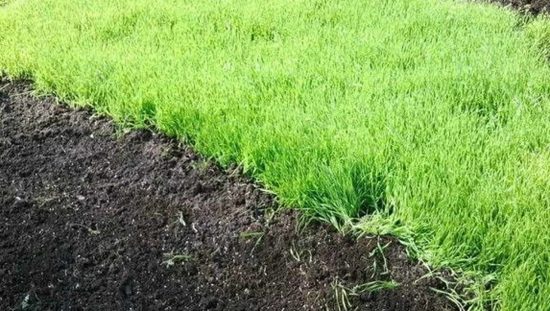
During the cultivation of potatoes, summer residents refuse to use chemicals. The reason is not a desire to accumulate nitrates in tubers or the impossibility of using such substances. Either way, botanists offer an alternative. As mentioned earlier, green manure crops, the number of which is insignificant, have a positive effect on the soil. No risk of accumulation of chemicals in tubers:
- Cereals – early and late maturing potato varieties grow well near rye. The summer resident relieves the beds of weeds and pathogenic fungi. Another “plus” of rye is that it quickly loosens the soil. Even on depleted soil, large tubers grow.
- Legumes – Phacelia and beans will help increase the yield. Both crops are rich in nitrogen, which reduces soil acidity. Planting legumes near potatoes is carried out immediately after harvesting in early September.
Mustard is a plant that botanists classify as universal. Seedling vegetation will take place without the risk of being attacked by bacteria, fungi, weeds. The only caveat is that mustard and legumes are alternated every year. The reason is that mustard is not rich in nitrogen. If the rule is ignored, then the growing season will be defective.
Reviews
Victoria
The stages of development of potatoes on soil that is not rich in nitrogen is full of problems. First, the growing season begins later than usual. If a long rainy season is observed in the year, then signs of real ripening of potatoes will have to wait even longer. I save myself by choosing a late ripening variety.
Andrei
I plant legumes and mustard. The first year, the effect was not noticeable. For the second season, early maturing varieties were not disturbed by pests. The only “but” – beets feel worse near mustard.
Angelina
I harvest as soon as the tops show signs of wilting. There is an excessive level of acidity in the soil, therefore potatoes are planted, which has few stages of development. If there is a frost season in the year,
After the end of flowering, the potatoes must be harvested. The longer the grower waits, the less harvest he will get. The vegetation period for potatoes is different. It all depends on the selected variety, soil characteristics, weather conditions. Before using agricultural technology to accelerate the ripening of root crops, the summer resident studies the recommendations. You can find them on the seed package. Potatoes grow actively after direct planting, subject to optimal levels of nutrition, lighting and humidity.
